
Amazon PPC For Beginners
Table of Contents
Amazon PPC For Beginners
Amazon PPC (Pay-Per-Click) advertising has become an essential tool for sellers looking to boost their product visibility and sales on the world’s largest e-commerce platform. This comprehensive guide will walk you through the fundamentals of Amazon PPC, helping you understand how to create and manage effective advertising campaigns that drive results without breaking the bank.
Understanding Amazon PPC Basics
Pay-Per-Click advertising on Amazon operates on a simple principle: you only pay when a shopper clicks on your ad. This cost-effective approach allows sellers of all sizes to compete for valuable customer attention. Amazon’s advertising platform provides various campaign types and targeting options, making it accessible even for those just starting their e-commerce journey.
What Makes Amazon PPC Different
Amazon PPC stands apart from other advertising platforms due to its direct integration with the shopping experience. Unlike traditional online advertising, your ads appear exactly where customers are ready to make purchases. This unique positioning creates an immediate connection between advertising spend and sales results, making it easier to track and optimize your return on investment.
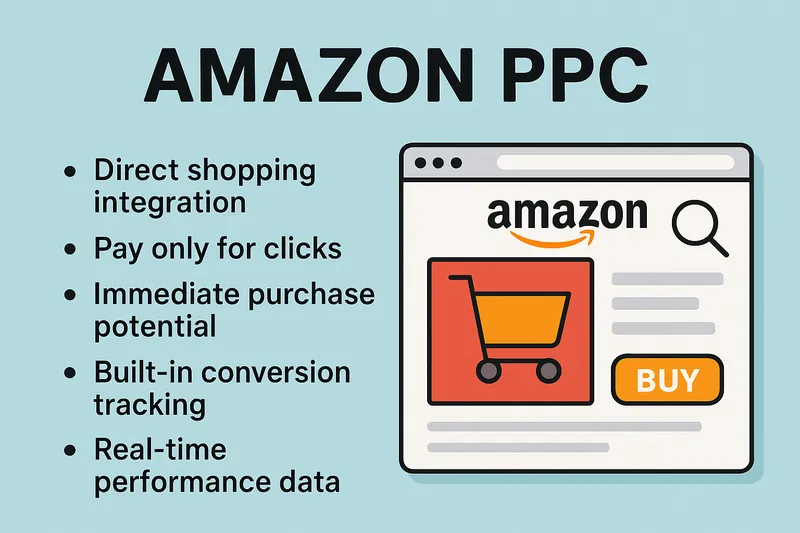
Types of Amazon PPC Campaigns
Before diving into campaign creation, it’s essential to understand the three main types of PPC campaigns available on Amazon. Each serves a specific purpose and can be valuable depending on your advertising goals.
Sponsored Products are the most common and straightforward campaign type. These ads showcase individual product listings within search results and on product detail pages. They work particularly well for driving immediate sales and improving product visibility among shoppers actively searching for similar items.
Sponsored Brands, formerly known as Headline Search Ads, allow you to promote your brand and multiple products in a single advertisement. These ads appear at the top of search results and include your brand logo, a custom headline, and up to three products. They’re excellent for building brand awareness while driving sales.
Sponsored Display ads reach customers both on and off Amazon, targeting shoppers based on their browsing and purchasing behavior. These ads can appear on product detail pages, customer review pages, and even third-party websites, helping you reach potential customers at various stages of their shopping journey.
Getting Started with Your First Campaign
Creating your first Amazon PPC campaign might seem daunting, but breaking it down into manageable steps makes the process much more approachable. The key to success lies in careful preparation and a clear understanding of your goals.
Campaign Setup Essentials
Before launching your first campaign, gather all necessary elements to ensure a strong foundation. Start by selecting products that have competitive prices, strong product listings, and adequate inventory levels. Your product detail pages should be optimized with high-quality images, compelling descriptions, and relevant keywords.
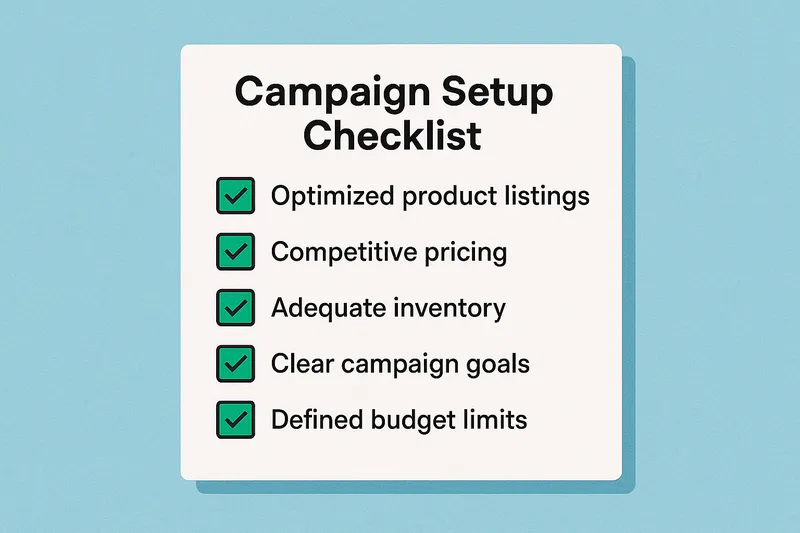
Keyword Research and Selection
Effective keyword selection forms the backbone of successful PPC campaigns. Begin by brainstorming terms your potential customers might use to find your products. Consider both broad match and exact match keywords to create a comprehensive targeting strategy.
Amazon provides valuable tools to assist with keyword research. The Search Term Report shows actual search terms that triggered your ads, while the Keyword Tool suggests relevant keywords based on your product category. Use these resources to build a strong initial keyword list, but remember that optimization is an ongoing process.
Setting the Right Budget
Budget management requires careful consideration of both daily spending limits and bid amounts. Start conservatively with your daily budget, allowing room for testing and optimization. A good starting point is allocating $25-50 per day per campaign, adjusting based on your overall advertising goals and product margins.
Budget Planning Strategy
- Start small and scale
- Monitor ACoS (Advertising Cost of Sale)
- Track daily spend patterns
- Adjust bids based on performance
- Reserve budget for top performers
Campaign Optimization Strategies
Success in Amazon PPC requires continuous monitoring and optimization of your campaigns. Understanding key metrics and knowing how to adjust your strategy based on performance data will help maximize your return on investment.
Key Performance Metrics
Learning to interpret performance metrics is crucial for campaign optimization. Focus on these essential metrics to guide your decision-making process:
After analyzing your campaign data, it’s crucial to understand how each metric influences your advertising strategy. ACoS (Advertising Cost of Sale) represents the percentage of sales spent on advertising. A lower ACoS indicates better campaign efficiency, though target ACoS varies by product category and profit margins.
Essential PPC Metrics
- Click-Through Rate (CTR)
- Conversion Rate
- ACoS calculation
- Impression share
- Return on Ad Spend
Bid Optimization Techniques
Successful bid management requires a balance between maintaining visibility and controlling costs. Start with automated bidding for new campaigns to gather data, then transition to manual bidding for greater control once you understand performance patterns.
Monitor keyword performance regularly and adjust bids accordingly. Increase bids for keywords with strong conversion rates and reasonable ACoS, while reducing or pausing poorly performing keywords. Remember that seasonal trends and competition can impact optimal bid levels.
Advanced PPC Strategies
As you become more comfortable with basic campaign management, implementing advanced strategies can help improve performance and scale your advertising efforts effectively.
Product Targeting Campaigns
Product targeting allows you to show ads on specific product detail pages, complementary categories, or competitor listings. This advanced targeting method can be particularly effective for reaching customers comparing similar products or browsing related items.
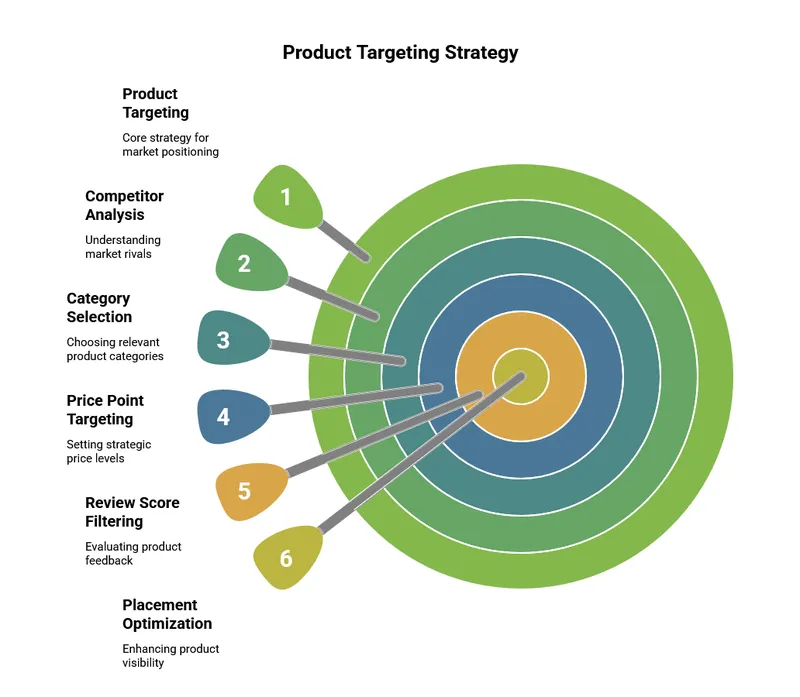
Seasonal Campaign Management
Adapting your PPC strategy for seasonal changes and special events can significantly impact your success. Plan campaigns around major shopping events, adjusting budgets and bids to capitalize on increased traffic while maintaining profitability.
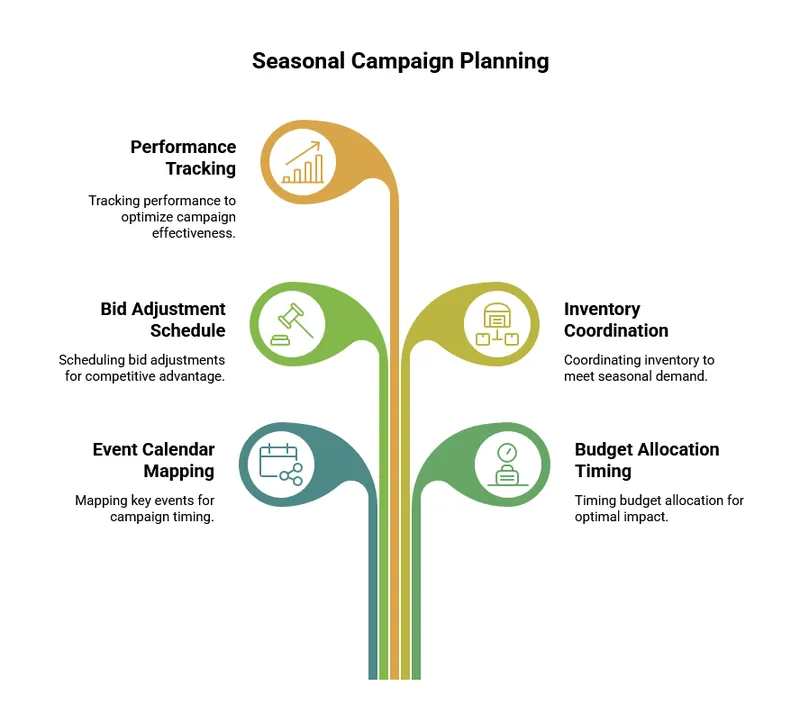
Measuring Success and Scaling
Long-term success in Amazon PPC requires a systematic approach to measuring results and scaling successful campaigns. Establish clear performance benchmarks and regularly review your advertising strategy against business objectives.
Performance Analysis Framework
Develop a consistent framework for analyzing campaign performance across different products and ad types. Regular performance reviews help identify successful strategies that can be replicated and areas needing improvement.
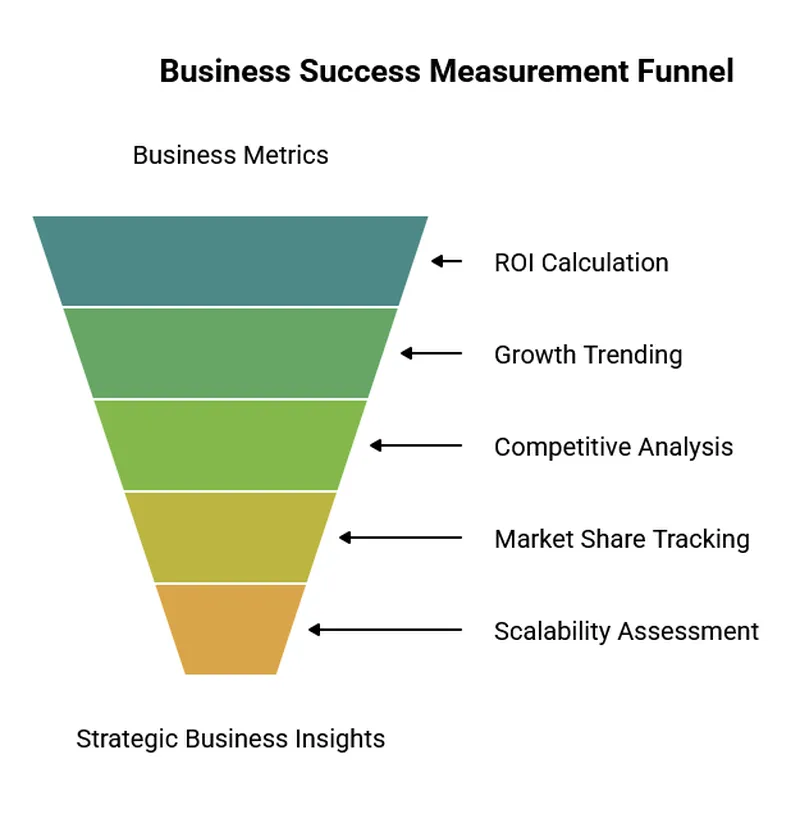
Scaling Successful Campaigns
When scaling successful campaigns, increase budgets gradually while closely monitoring performance metrics. Expand your keyword coverage and test new targeting options, but maintain the core elements that drove initial success.
Conclusion
Amazon PPC advertising offers a powerful tool for growing your e-commerce business, but success requires careful planning, continuous optimization, and a data-driven approach. Start with the basics, focus on understanding key metrics, and gradually implement more advanced strategies as you gain experience. Remember that the most successful advertisers are those who consistently test, learn, and adapt their approach based on performance data.
Follow these guidelines, maintaining a patient, methodical approach to campaign management, and you’ll be well-positioned to create effective PPC campaigns that drive sustainable growth for your Amazon business. Keep learning, stay updated with platform changes, and don’t be afraid to experiment with new strategies as your expertise grows.